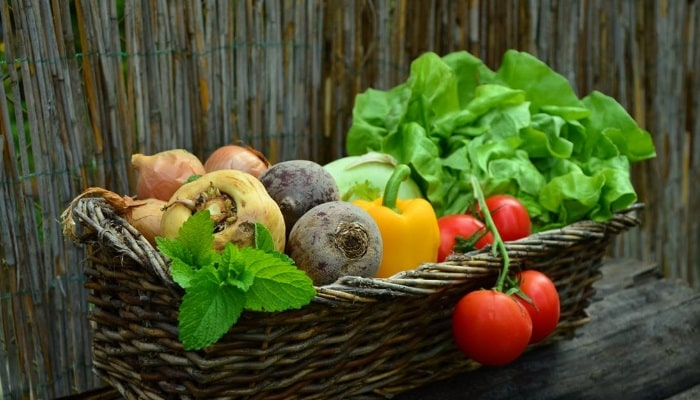Implementing Regulation (EU) 2019/533 of 28 March 2019 on a multiannual and coordinated EU control programme for 2020, 2021 and 2022 to ensure compliance with maximum pesticide residue levels in food of plant and animal origin and to assess consumer exposure to such residues was published on 29 March 2019.
This regulation will enter into force on 1 January 2020.
Thirty to forty foodstuffs constitute the main components of the diet in the Union. Since pesticide uses change considerably over a three-year period, pesticides must be controlled in these foodstuffs over a series of three-year cycles in order to assess consumer exposure and the application of European Union legislation.
The control will cover 36 different foodstuffs for a total of 683 samples.
The targeted matrices will be as follows:
By 2020: Oranges, Pears, Kiwi, Cauliflowers, Onions, Carrots, Potatoes, Dried beans, Rye grains, Brown rice (husked rice), Poultry fats and Cattle livers.
Out of 2021: Table grapes, Bananas, Grapefruit, Eggplants, Broccoli, Melons, Classified mushrooms, Peppers, Wheat grains, Virgin olive oil, Cattle fat and Hen eggs.
On 2022: Apples, Strawberries, Peaches including nectarines and other hybrids, Wines (red or white), Lettuce, Head cabbage, Tomatoes, Spinach, Oats, Barley, Cow's milk and Pig fat.
You will find in Annex I, Part C of the Regulation, the list of molecules to be searched by matrix.
In addition to the sampling scheme defined in point 5 of the Regulation, each Member State will sample and analyse:
In 2020: 5 samples of infant formula and 5 samples of follow-on formula.
In 2021: 10 samples of processed cereal-based baby food
In 2022: 10 samples of baby foods for infants and young children other than infant formula, follow-on formula and cereal-based baby foods.
Attached is the link to the regulation:
Regulation (EU) No. 2019/533
Be aware that your Phytocontrol laboratory is able to search for all the active ingredients included in this control program 2020, 2021 and 2022!





